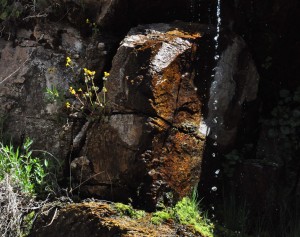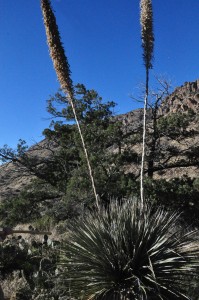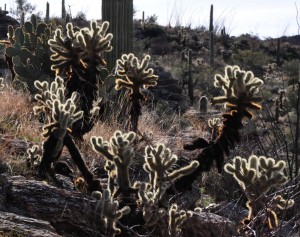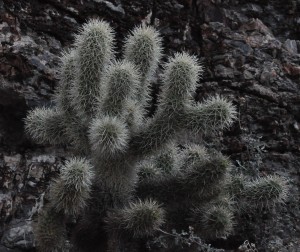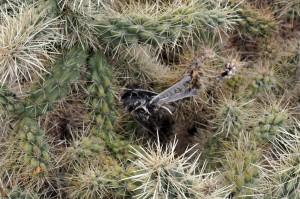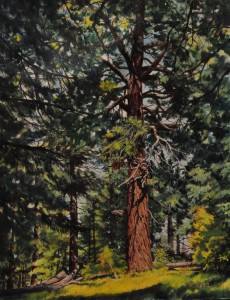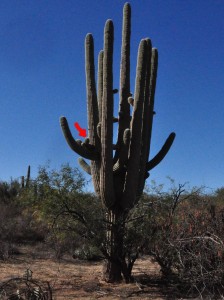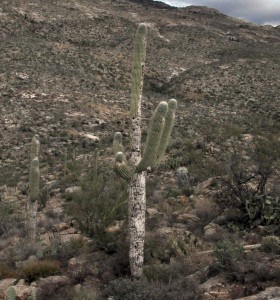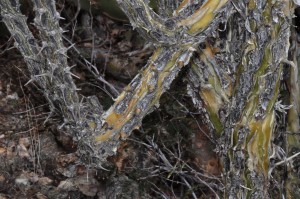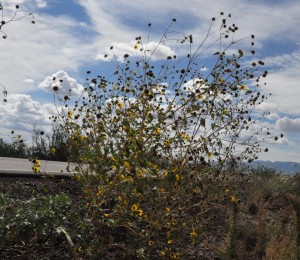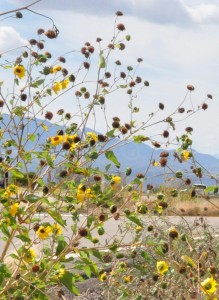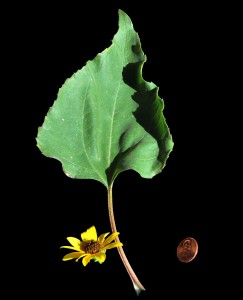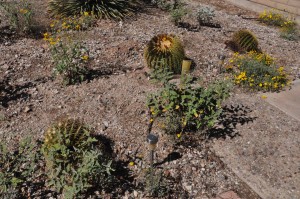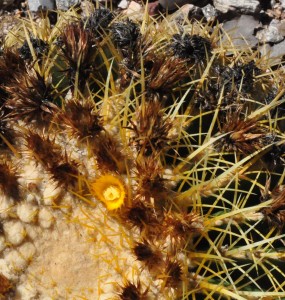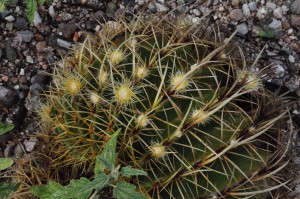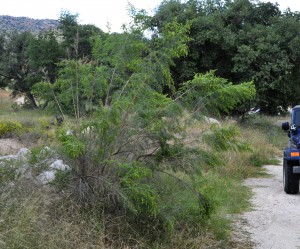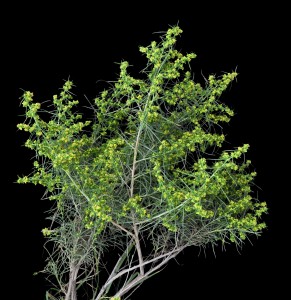Recently I was exploring the area south of the Santa Rita mountains with my friend, Jim. We were particularly interested in grasses, but kept coming across other plants of interest, including this one with the yellow flowers (Melampodium). When I processed the picture I noticed what seemed to be a yellow flower right at the base of the stem. Then I zoomed in and found it was a spider! I believe it is a Goldenrod Crab Spider (Misumena vatia). Years ago I was processing a picture of a Bouvardia plant, and found one tucked in among the red tubular flowers. It seems that this particular spider does not make a web. Its color enables it to perch unseen on a yellow flower and just wait for insects to land on it. Maybe this one was trying out a red one to see if that would also do the trick. These spiders also come in white, and can change color to match the flowers they visit.
Recently my old friend, Virginia Ames, published her charming book: Bo and the Fly-Away Kite. She is old in two senses. I have known her for many years, first meting her in 1982 – 34 years ago. Now she is 102. And this is her first children’s book which I was honored to illustrate for her. She is an accomplished water-color artist herself, but chose to have me do the illustrations. It is unique in having the text in three languages, since the story includes three boys – English speaking, Spanish speaking, and O’odham speaking. Here is the link on Amazon.com.
https://www.amazon.com/Bo-Fly-Away-Kite-Virginia-Ames/dp/1533561524/ref=sr_1_7?s=books&ie=UTF8&qid=1475246820&sr=1-7&keywords=virginia+ames#reader_1533561524

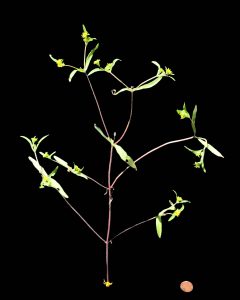

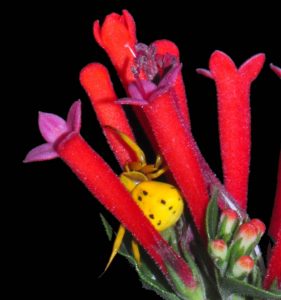
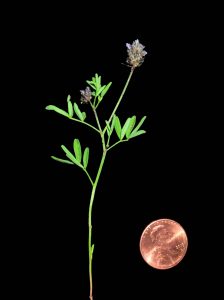
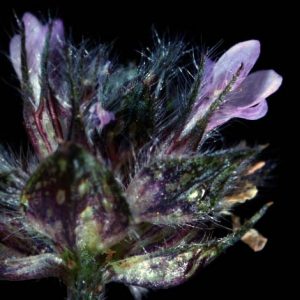
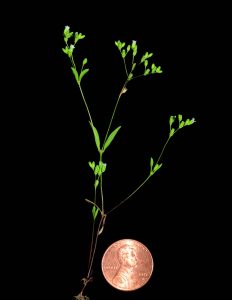
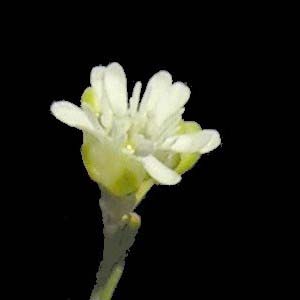

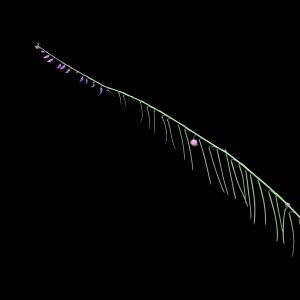 Pennellia with the round dot being an enclosed flower
Pennellia with the round dot being an enclosed flower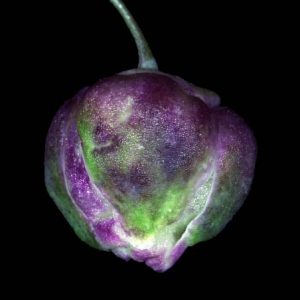
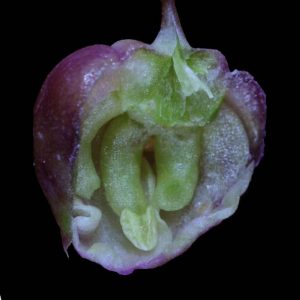
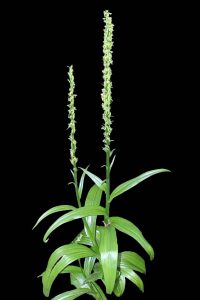
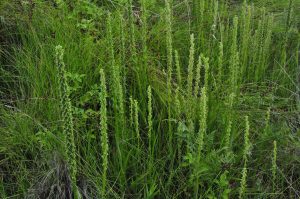

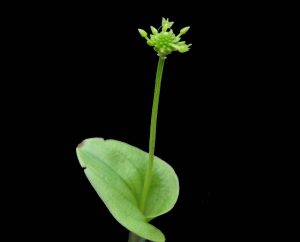

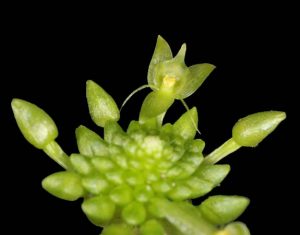
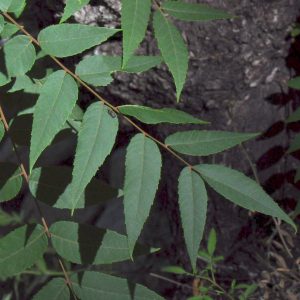 Walnut leaves
Walnut leaves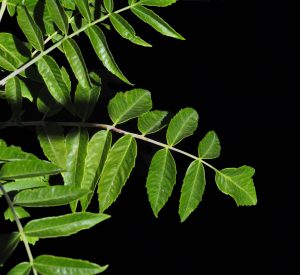 Sumac leaves
Sumac leaves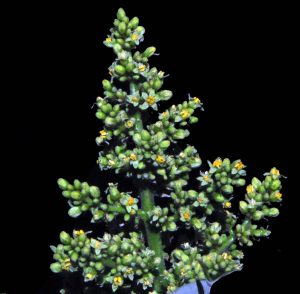 Sumac flower cluster
Sumac flower cluster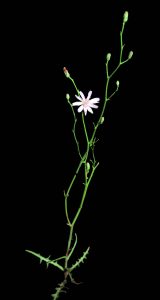 Mystery plant
Mystery plant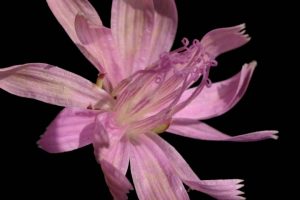 Mystery plant close up
Mystery plant close up “Fall Leaves” – One of the paintings in the article:
“Fall Leaves” – One of the paintings in the article: 
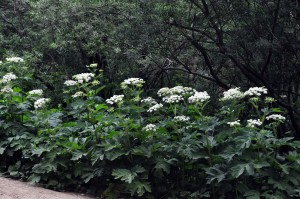
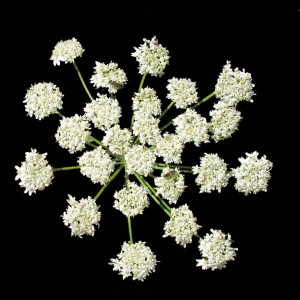


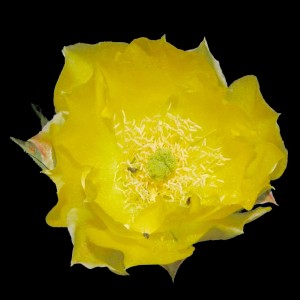

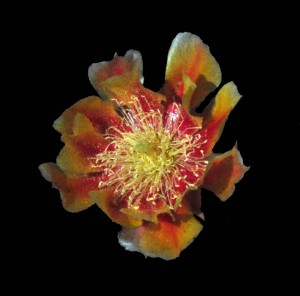
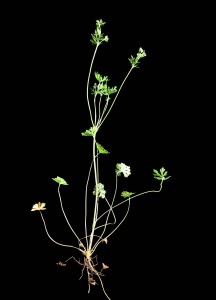
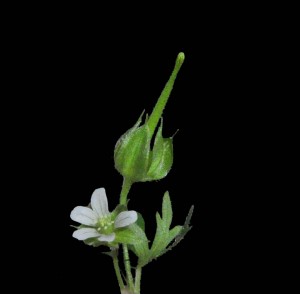

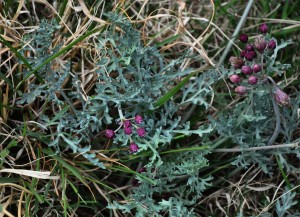
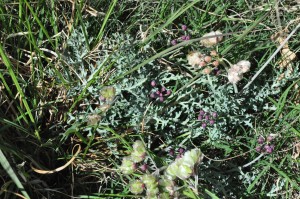
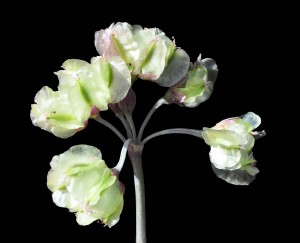
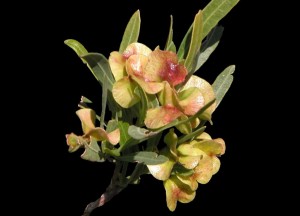

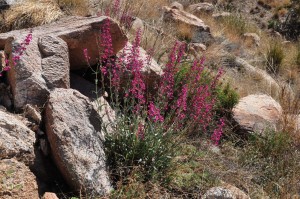
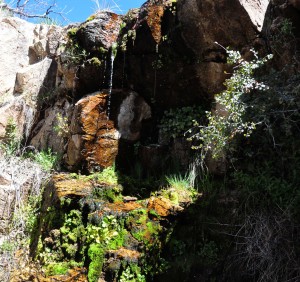 The Grotto with a trickle of water. Below a close-up with yellow monkey flower
The Grotto with a trickle of water. Below a close-up with yellow monkey flower